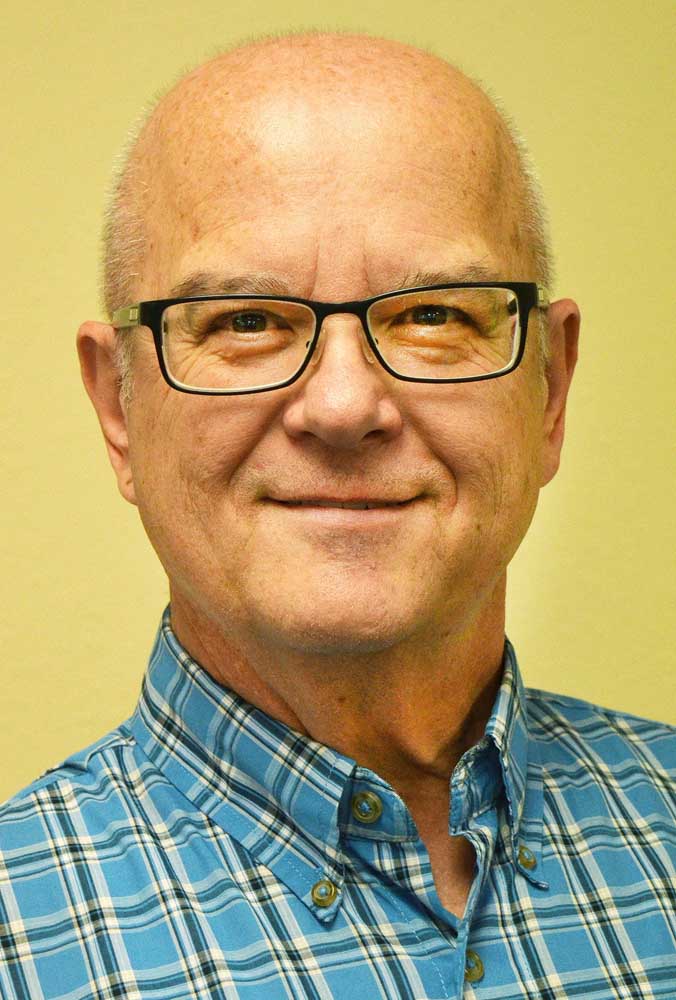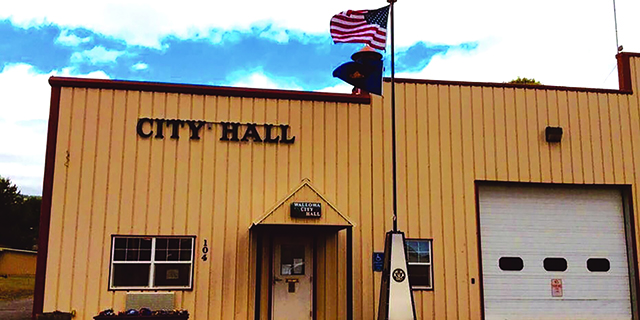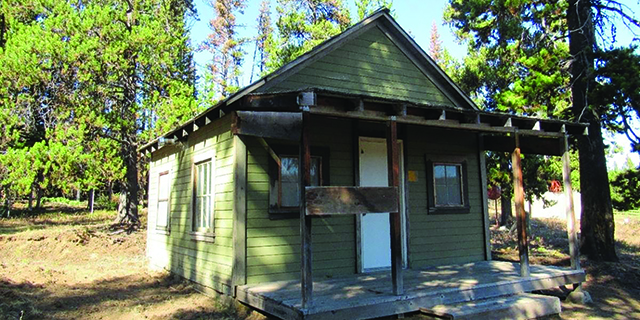Tourism has ups and downs
Published 11:54 am Tuesday, May 23, 2017

- Paul Wahl
This weekend marks the official kick-off of the tourist season in Wallowa County. I am anxious to experience it.
This is the third area of the country I’ve worked where tourism has played a large role in the local economy.
Trending
For several years, I was the editor of the Kern Valley Sun in Kernville, Calif. That’s in the foothills of the Sierra Nevadas east of Bakersfield, Calif.
Lake Isabella was the big draw. Each summer, thousands of tourists would flock into Kernville, population 800 at the time, and things would be bonkers.
Then … nothing. It was six months of feast and six months of abject famine. There was also the variability of the lake as a tourism magnet. It was operated by the U.S. Army Corps of Engineers, which controlled the dam that created the lake.
Nowhere in its operational manual was there a section on tourism, so if water were needed downstream, they’d open the floodgates and the lake would all but disappear. And the tourist season right along with it.
When that happened in April, you knew it was going to be a tough summer for those who depended on people coming to the lake to fish and otherwise recreate. Locals pushed for years to encourage the U.S. Forest Service to take over the operation, since they found that organization to be much easier to work with than the Corps, or as they were affectionately known, “that bunch of overactive beavers.”
Lake Isabella was considerably larger than Wallowa Lake. It was also beautiful and provided a terrific backdrop for residents and visitors alike.
Trending
The years when water was low, it was referred to fondly as Lake Wasabella.
Some years later, my sojourn took me to Solvang, Calif., to be the editor of the Santa Ynez Valley News. Solvang is a Danish community. Think Leavenworth, Wash., but with Frikadeller rather than sauerbraten.
Nearly three million tourists a year traipsed through that community. They came by the busloads. Traffic backed up eight miles in both directions into town on weekends. Even on a weekday, parking was at a premium.
Solvang had lively local politics, generally pitting the tourism interests in town against the permanent residents. Most of them would just as soon have put a fence around the city limits and kept everyone who didn’t live there away.
Unbelievable amounts of sales and bed tax revenue were generated, which also made for juicy wars over how to spend it. The camps usually divided up between those who wanted to use it to generate more tourism and those who wanted to use it buy open space –– and keep it open. Santa Barbara County in those days was about as anti-development as you could get.
Some years after Solvang, we lived for a short while on the banks of Lake Okoboji in northeast Iowa. It was a small lake that was heavily polluted with chemicals that ran off the surrounding farmland. No one seemed to think that was an issue worth addressing.
The Arnolds Park Amusement Park on the banks of Lake Okoboji was dubbed the “Iowa Disneyland.” The theme park had been rescued from decay by a group of locals whose goal it was to restore it to its former glory.
It was an uphill battle. Somehow the revenue generated during the exceedingly short season was mostly enough to cover the cost of operating with nothing left over for investing in upgrades.
The big draw was the historicity of the area. Some of the summer guests were fourth generation coming to Lake Okoboji to stay in campy 50s-style lodges, boat, fish and otherwise escape the banality that is Iowa.
Wallowa County has a lot going for it, first and foremost its natural beauty. It will be exciting to experience my first “high season” and learn more about tourism in yet another setting.
Wahl is editor of the Chieftain and enjoys playing “hometown tourist.”









